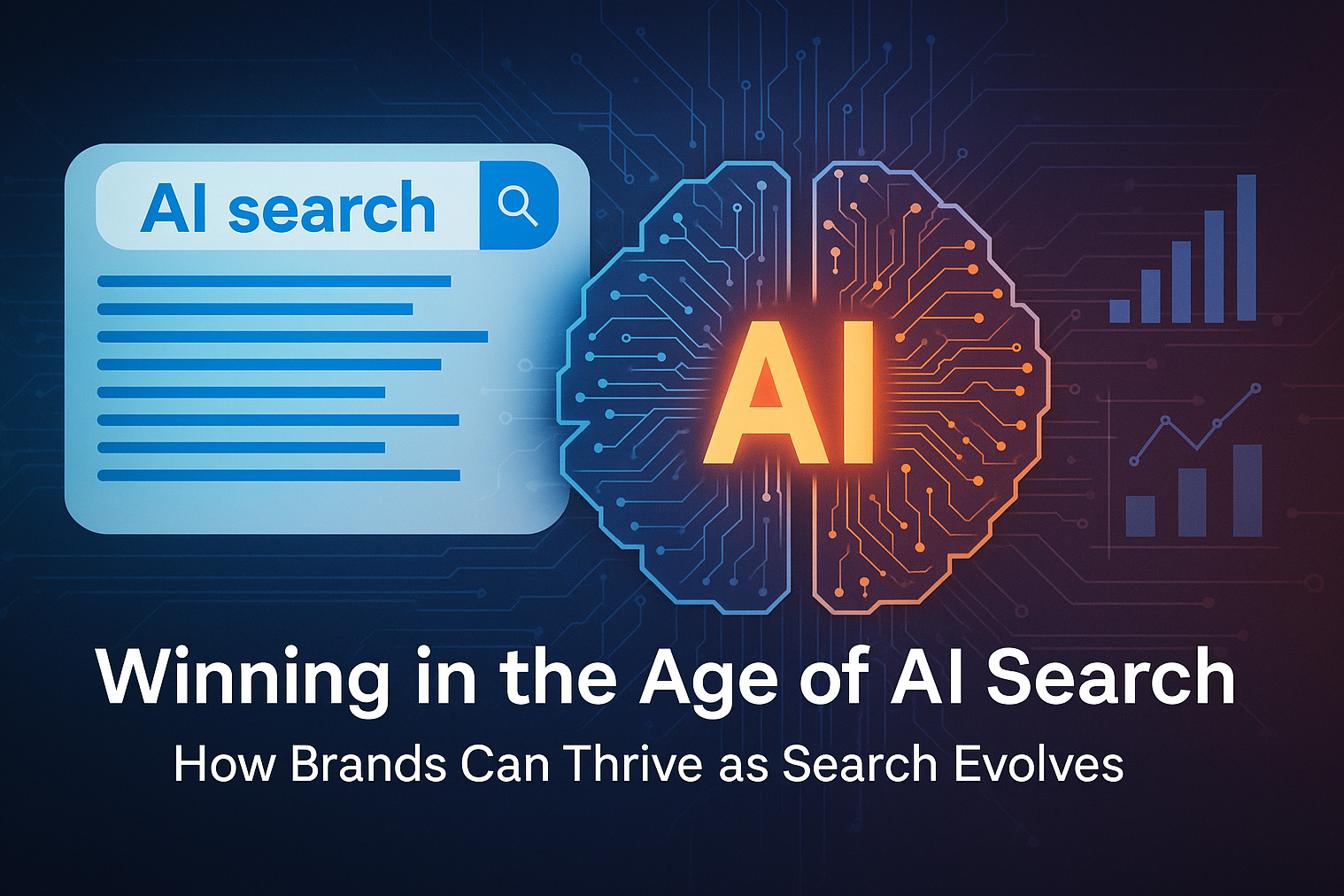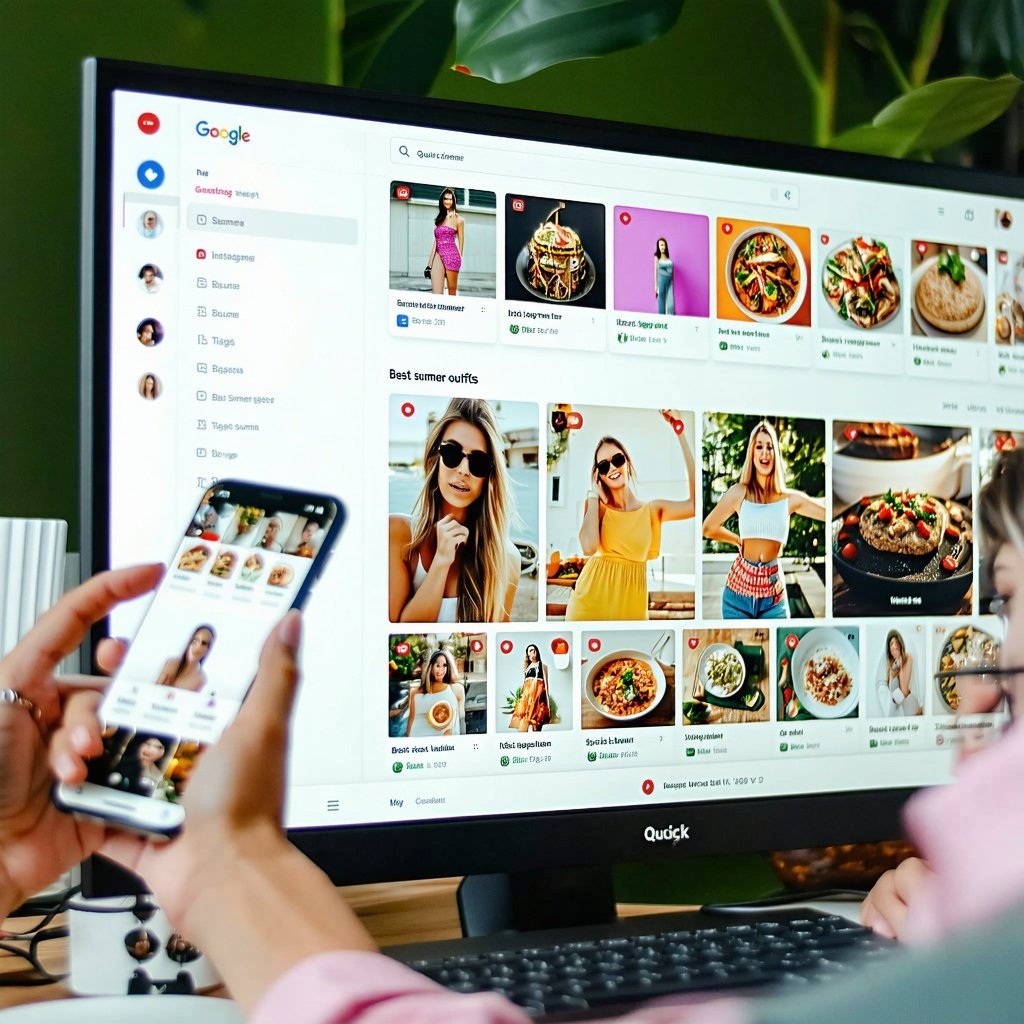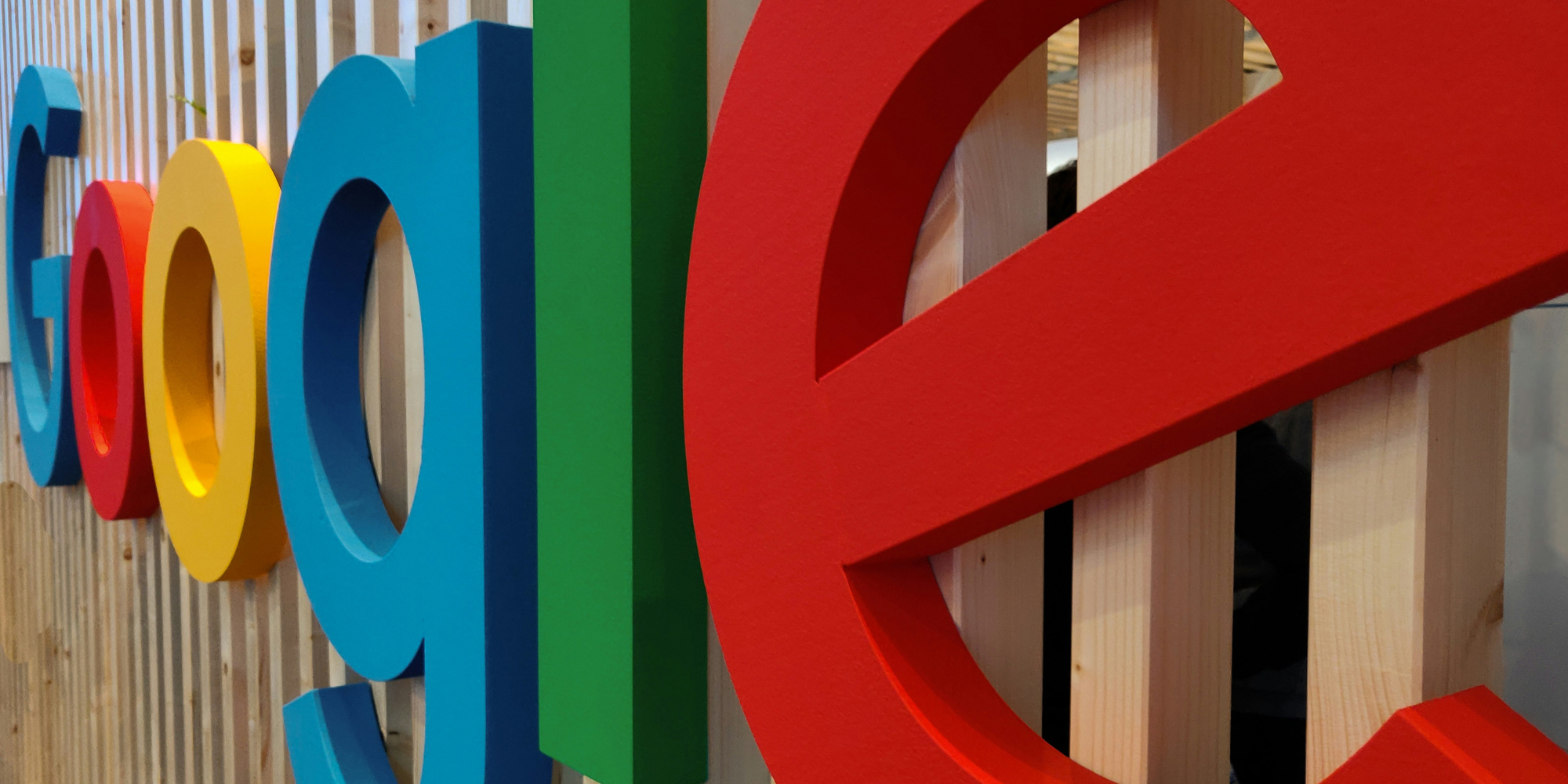Winning in the Age of AI Search: How Brands Can Thrive as Search Evolves
Search is changing faster than ever. With the rise of AI-powered features like Google’s AI Overviews and AI Mode, the familiar “10 blue links” are...
Read moreIf your Analytics are regularly showing a higher than average bounce rate for one or more of your landing pages, there is probably a good reason for it.
All Internet marketers know that website visitors are notoriously difficult to please - and there are several factors that could explain why they are hitting the back button.
The biggest cause of a high bounce rate is time. Internet users expect everything to happen very quickly and, having clicked on a link, the average visitor will expect the chosen page to load almost instantly and to be able to see the expected content within three to four seconds.
When a visitor chooses to click through to a landing page, they do not expect to have to search for the content they requested. Ideally, they should land at the top of the article, image or information and never have to scroll below the fold to locate it.
Contrary to the belief of some Internet marketers, visitors do not appreciate being distracted by an alarming array of animations, flashing ads and, especially, videos or soundtracks that start automatically as soon as the page opens.
There may be a time and a place for pop-ups, but landing pages are not one of them. It is incredibly annoying to have one appear unexpectedly over the top of the text you are trying to read, yet there are numerous websites that continue to do this.
The most annoying ones are social media buttons, a request for an opinion on the website which appears within seconds of arriving there and the worse one of all, an interactive 'person' who wants to chat.
Links to further content are a great way to retain visitors and keep them engaged with your website, but if the links do not work or lead to content that is not relevant, a high percentage of visitors are likely to leave the site for good.
On a slightly less serious note (because it is more about personal preference), links that open in the same window rather than in a new one can cause immense frustration. Some users find it annoying to have to navigate back to where they started rather than just closing the window and returning to the original content.
There are a few content-related factors that can cause visitors to leave more quickly than you would like and they should not exist if you have been following Google's quality guidelines:
• Poorly written or keyword-stuffed text
• Too much use of industry jargon
• Irrelevant, generic or slow loading images
Sometimes it is difficult, as a webmaster or Internet marketer, to remain objective - and you may fail to see something obvious.
As well as carrying out your own regular SEO page audits, ask a colleague or friend for their honest opinion.
More articles you might be interested in:

Search is changing faster than ever. With the rise of AI-powered features like Google’s AI Overviews and AI Mode, the familiar “10 blue links” are...
Read more


Arming yourself with the right tools to ensure a smooth site migration is important - find out how to protect your SEO during a migration today.
Read more
Google employees have recently announced that the upcoming Google Core Update is set to be released in the coming weeks. Understanding and addressing...
Read more
Language matters. Any marketer worth their salt knows this. But when discussing gender and sexual orientation, that importance is amplified tenfold.
Read more.png)
Advertising via Google is constantly evolving, and new ways to showcase your brand and business offering are regularly being rolled out. The latest...
Read more
When marketers think of thought leadership, there are names rather than ideas, that tend to spring to mind.
Read more